Learn the traditional structure of an Italian dinner. After attending culinary school in Italy and preparing a multitude of Italian dishes, I learned the proper courses to serve at an upscale dinner.
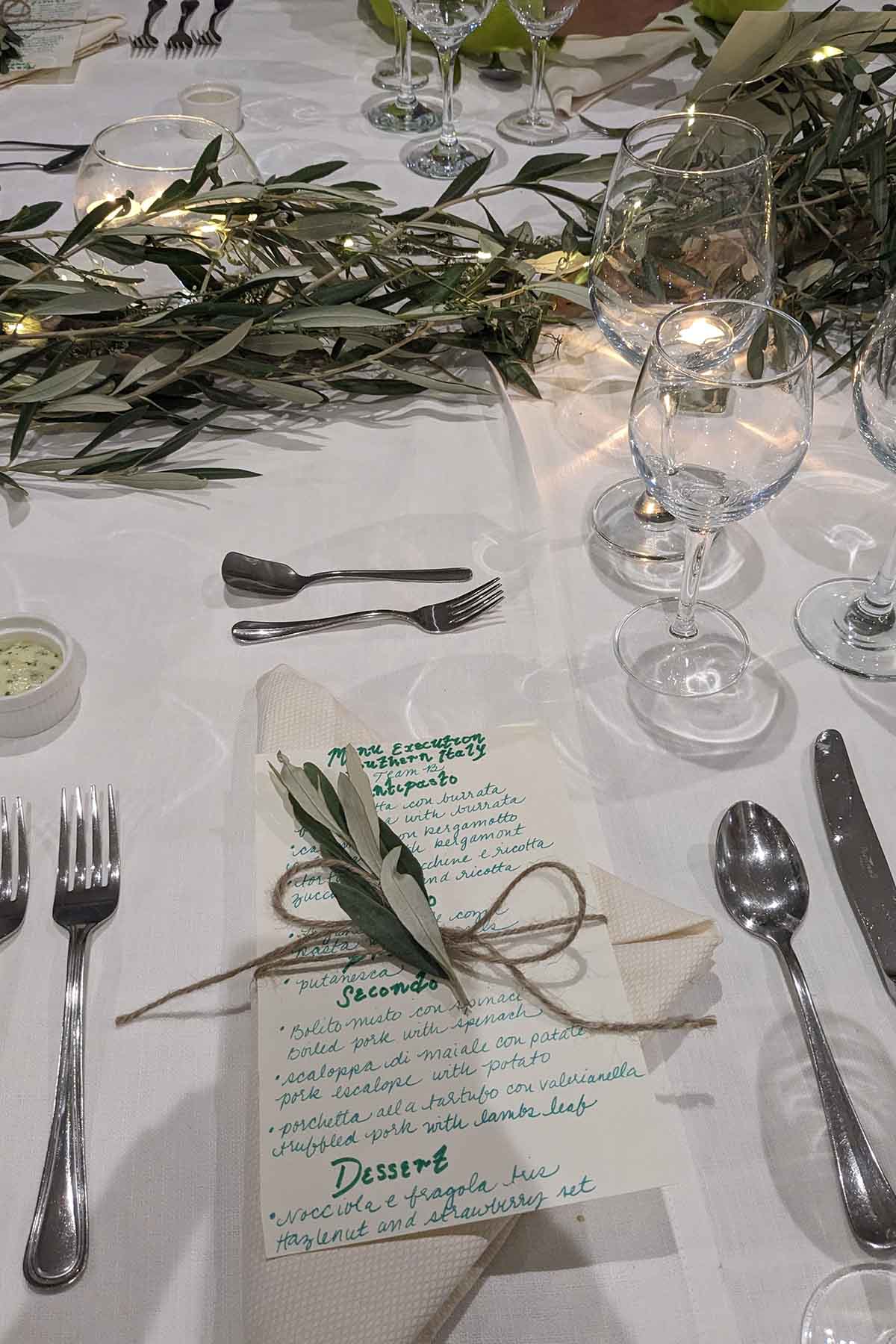
Want To Save This Article?
Enter your email below and we'll send it straight to your inbox. Plus, you'll receive new weekly recipe inspiration.
After attending culinary school in Italy, I learned a thing or two about preparing an authentic multi-course Italian dinner.
During culinary school, we were tasked with creating a multi-course tasting menu during our menu executions. This was our way of being tested in school to see how well we were learning to cook Italian regional cuisine.
These challenges not only tested our cooking abilities but also helped us learn how to work as a team in the kitchen and build a menu. Here's an overview of how our menu executions worked to create a multi-course dinner:
- We were randomly assigned kitchen brigade teams. This was a group of about 10 people who we worked with in the kitchen.
- Next, we were assigned a menu. Generally, our menu consisted of an antipasto (appetizer), primo (first course), primo espresso (first course made on the spot), secondo (main course usually consisting of some protein), contorno (side dish), dolce (dessert), a multitude of bread, and wine pairings.
- Since each region of Italy has its own type of cuisine, we were given specific regions of Italy from which our menu needed to be inspired.
- Our team brainstormed a menu based on the regions we were given.
- Once we had our menu, we wrote out a detailed food quantity and prep list.
- We spent about 3 - 4 days in the kitchen prepping all of our items. On the last day, we presented our full menu to the chefs and some of our classmates.
Today, I'll walk you through each course you'll see during a typical Italian meal, and share with you some of the dishes my team and I created during these menu executions.
If you want to recreate your own Italian dinner party, this guide will definitely help you out!
1. Aperitivo
An aperitivo is served before the meal. Think of this as a way to start the night. Most sit-down dinners will not include aperitivo. However, this is a fun way to start the evening if you are going to a restaurant with your friends.
Aperitivo consistents of a table full of small snacks such as olives, nuts, potato chips, or crackers like taralli. You'll also serve some kind of low alcohol, typically bitter cocktail along with aperitivo. Drinks like the Negroni, Aperol spritz, or Campari spritz are all popular options.
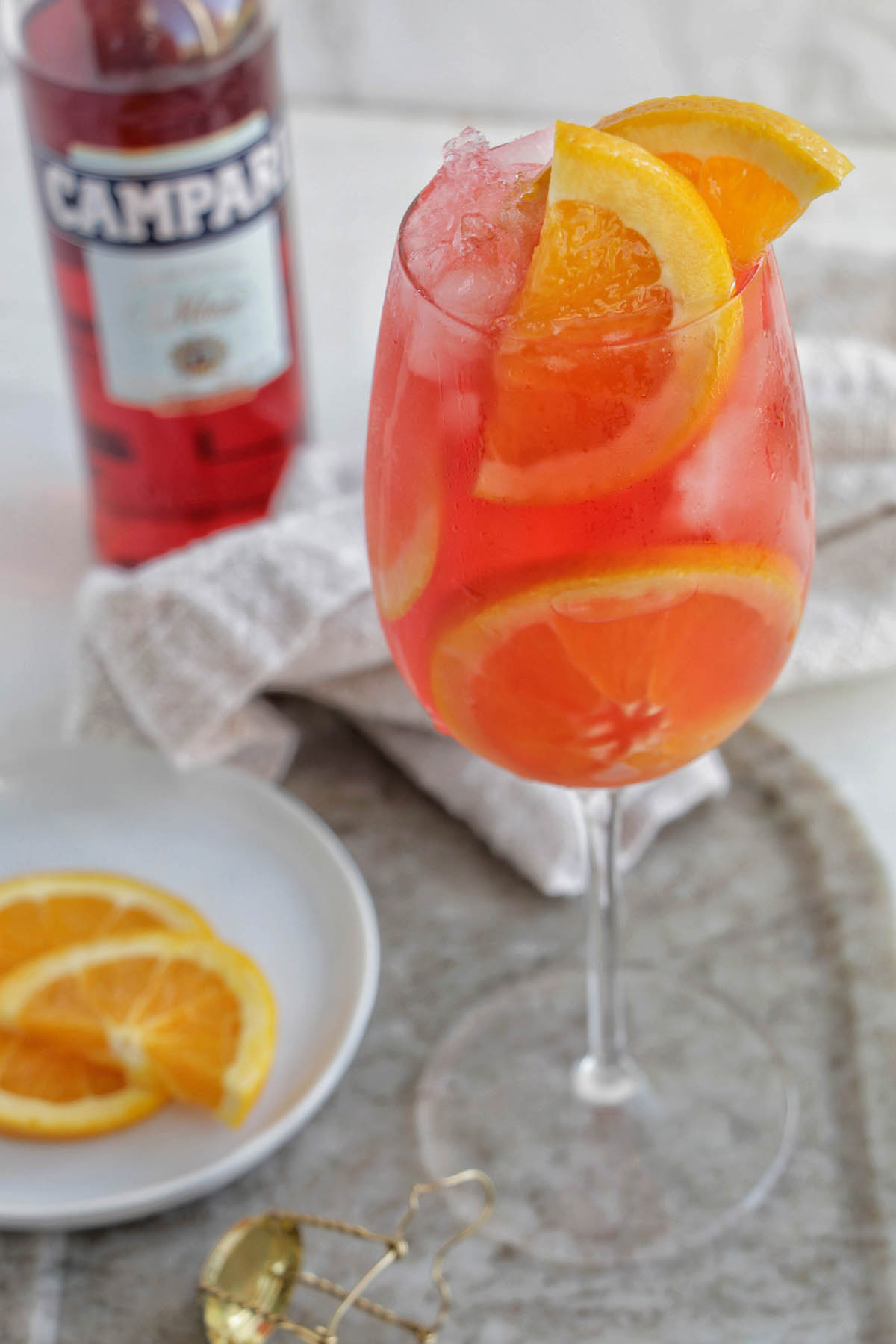
2. Antipasto
The antipasto is typically served before the meal. If you're hosting a dinner party, you can think of this as the appetizer.
In school, we made dishes like tartar, shrimp, a small plate of charcuterie (cured meats), or carpaccio for the antipasto.
If you choose to pair a drink with the antipasto course, it should be something light and subtle so you can work your way up to a more intense pairing later in the meal.
Most of the time the antipasto is not something spicy, very pungent (like gorgonzola cheese), or a food that's a flavor suppressor (like artichokes).
During culinary school, I learned that this is an important part of the meal that most people remember because it is the first thing they eat.
If you're eating the antipasto course at a restaurant in Italy, they will oftentimes bring out multiple plates at a time that can be shared with the entire table.
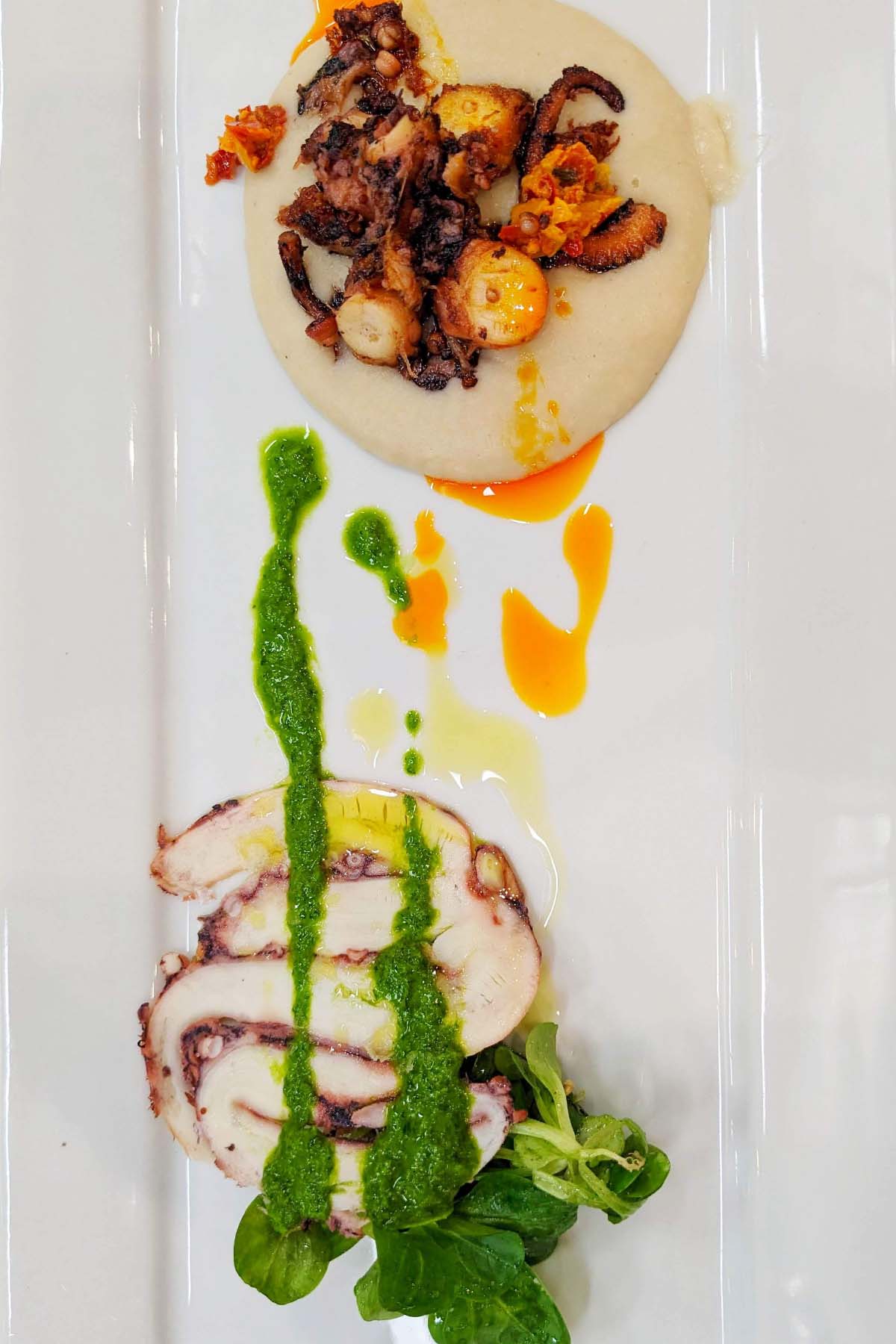
3. Primo
This is the first main course of the meal. Typically, the primo consists of a dish such as pasta, risotto, or gnocchi.
As far as flavor goes, there aren't too many restrictions when it comes to the primo course. We made different flavored risotto like porcini mushroom or cuddlefish ink risotto, as well as different types of pasta.
To really step up the game when it comes the primo, we made hand made pasta instead of using dried pasta.
Since pasta and risotto can not sit for extended periods of time, most of the dishes for the primo course have to be made to order (or a la minute as we called them in culinary school).
Some popular drinks paired with the primo course include white wine like Chardonnay, Sauvignon Blanc, or even a rosé wine.
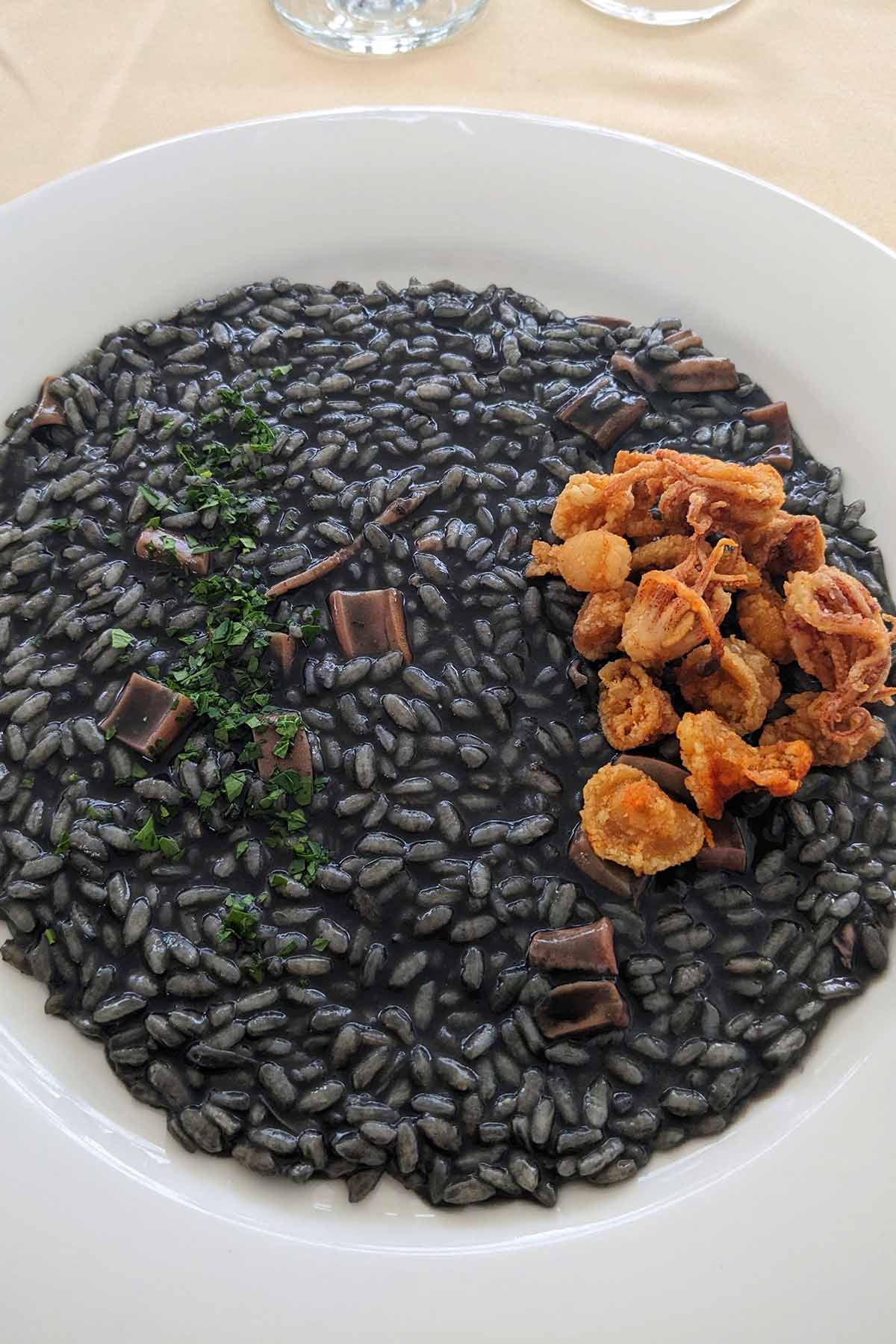
4. Secondo
The secondo is typically when the first meat based dish is served. This can be anything from pork, beef, or fish, depending on the region of Italy you are in. Most often a seafood based secondo is served in Southern Italy, while you may find a heavier, more rich secondo such as beef in Northern Italy.
The secondo doesn't necessarily have to be meat. It can also be a vegetarian focused dish such as eggplant or other hearty vegetables.
Popular secondo dishes could include osso bucco, baccalà, braised meat, other types of fish, and more.
During the secondo course, typically a lighter red wine is paired with the dish.
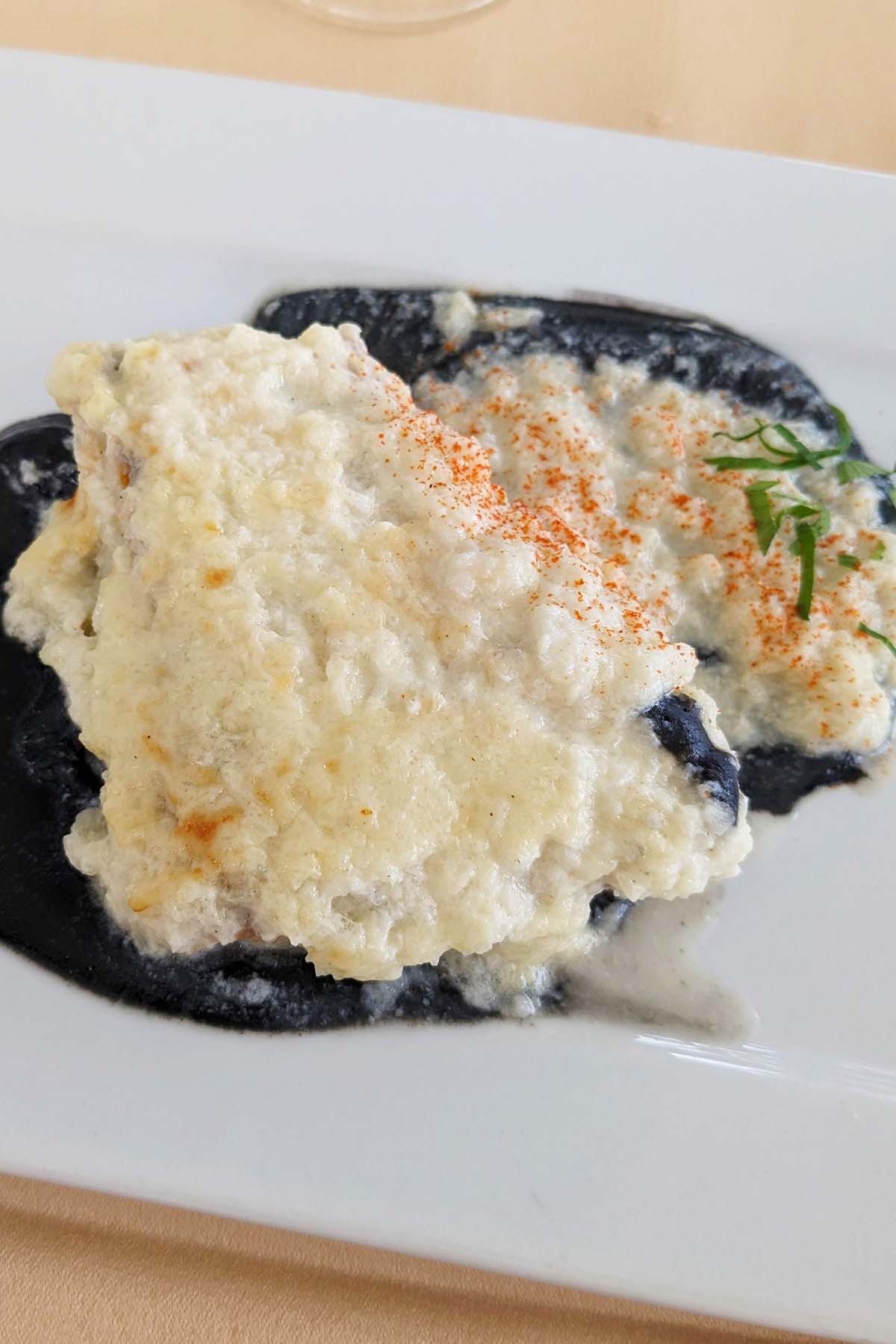
5. Contorno
The contorno in Italy is known as the side dish. This can either be served with the secondo, or on its own. The contorno can range from various vegetables to starches (like potatoes) or even a side of bread to wipe up extra sauce from the dish.
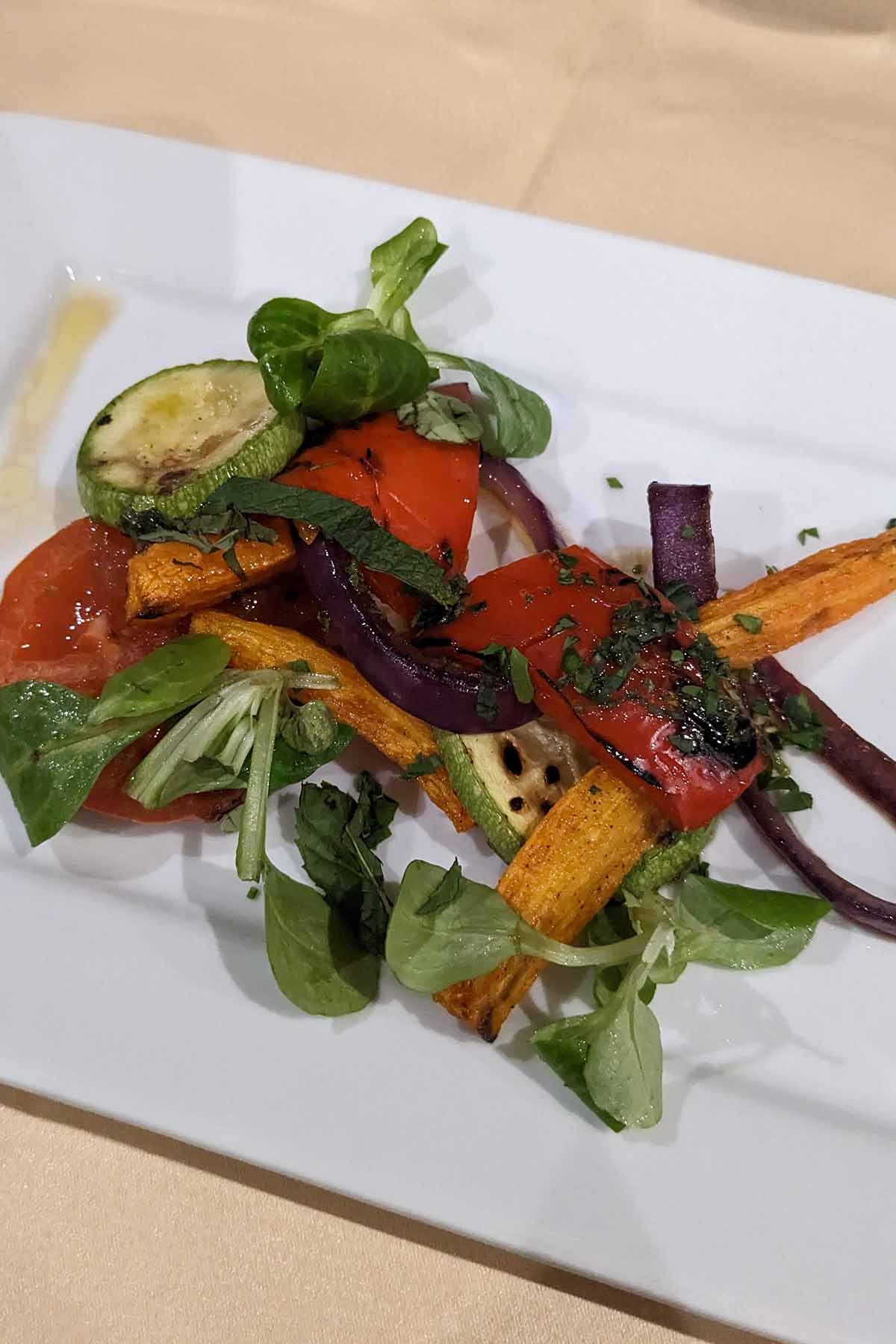
6. Formaggio
Depending on where you dine, there may be a formaggio or cheese course included. While we never served this course during our menu executions, it's a nice small bite to end the savory portion of the meal.

7. Dolce
The dolce course is typically the last course that includes food. This is another course that is very memorable since it's the last thing people will eat.
The dessert can range in flavor, texture, and taste, depending on the meal. Common dolce dishes include tiramisu, semifreddo, pan di spagne (Italian sponge cake), or even a scoop or gelato or sorbetto.
Oftentimes, dessert is paired with a sweet wine, like Moscato.
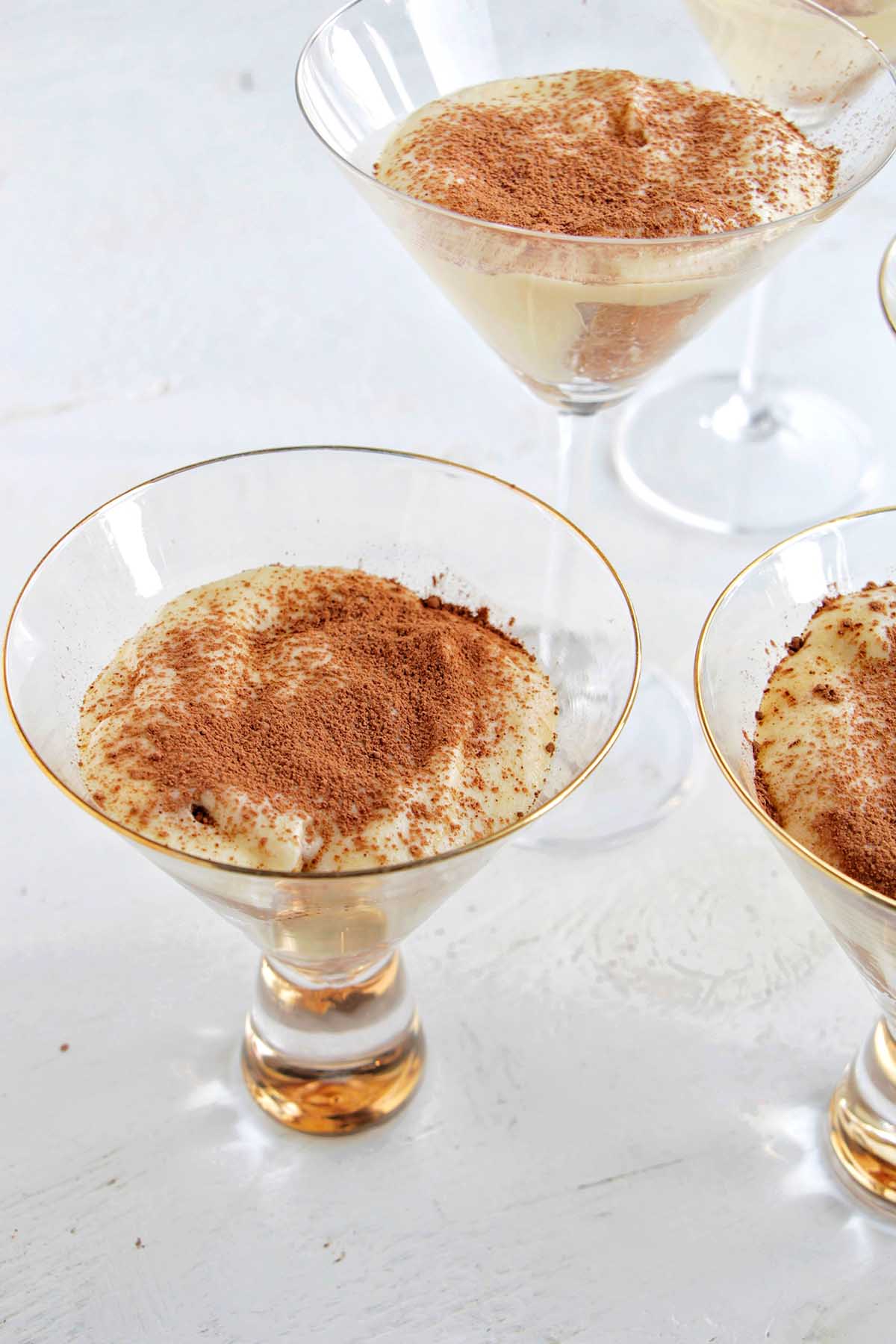
8. Caffè
This is a cup of espresso to finish the meal. The isn't always served, but you'll likely see a cup of espresso offered after a particularly heavy meal. Sometimes, grappa (a digestivo) is also added to the espresso.
The caffè is not a cappuccino or other type of espresso drink mixed with milk.
9. Digestivo
The very last part of many Italian meals is a digestivo drink. This is a small alcoholic drink, typically the size of a shot, that is supposed to help with digestion after a big meal.
Common examples include limoncello, amaro, or grappa. These drinks are sipped on as a way to end the meal.

FAQs
Typically, if you're eating a traditional five-course meal in Italy, you'll receive an antipasto, primo, secondo, contorno, and dolce course.
Yes! Sometimes the bread is served at the beginning of the meal, while other times it's eaten during the primo and secondo courses to soak up the sauces from the dish.
Depending on what restaurant you eat at, the number of courses will vary. Since restaurant margins are very small, chefs are very strategic when planning the amount of food they put on each plate.
That being said, it's not considered rude or disrespectful in Italy to not finish a plate.
Love this guide? Please leave a comment below. Don't forget to follow along on Instagram, Facebook, YouTube, and Pinterest for more recipes.

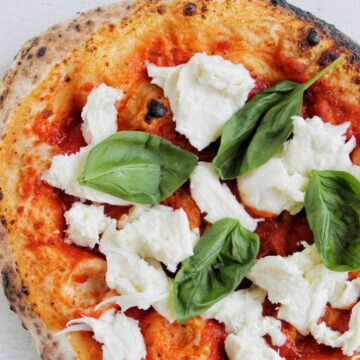
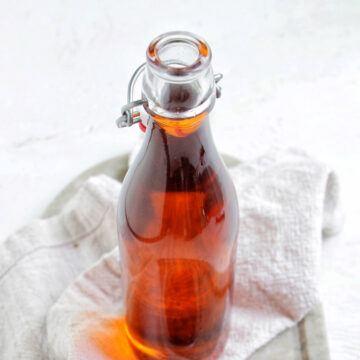
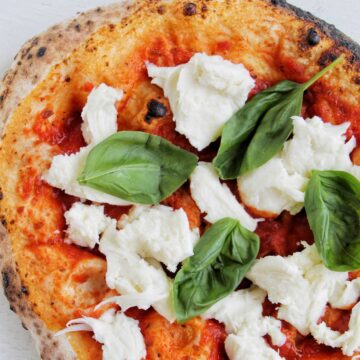
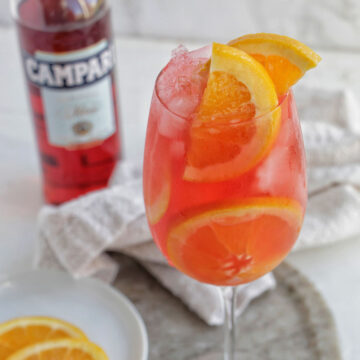

Leave a Reply